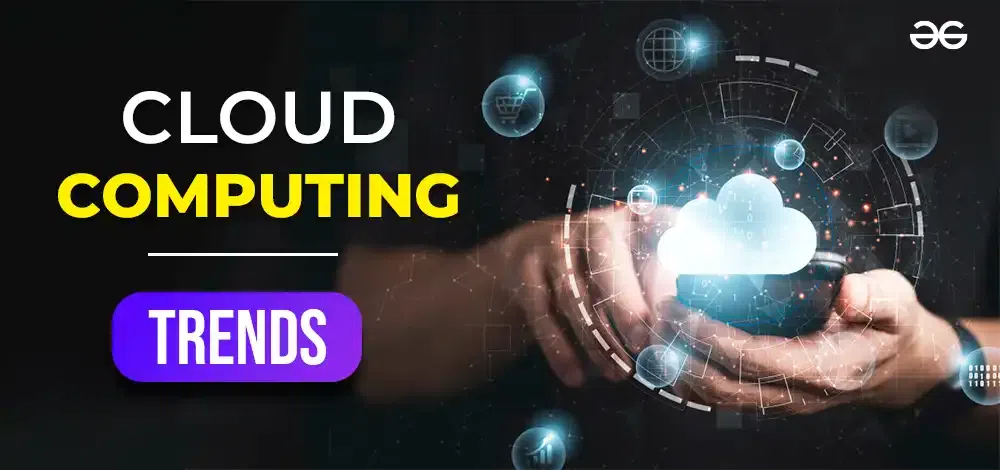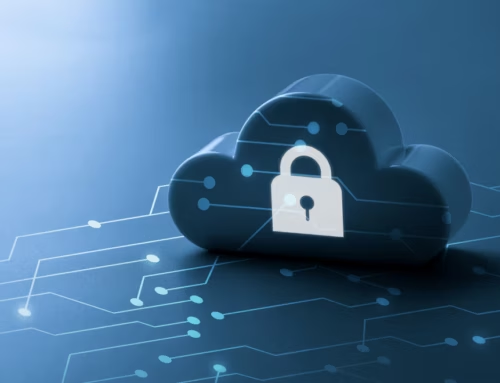
The Future of Data Security in the Cloud: Trends & Solutions
The Future of Data Security in the Cloud: Trends & Solutions
Data security in the cloud is a dynamic and evolving field, shaped by technological advancements, regulatory requirements, and emerging threats. Several trends and solutions are likely to play significant roles in shaping the future of data security in the cloud:
- Zero Trust Architecture: The Zero Trust model assumes that no entity, whether inside or outside the network perimeter, should be trusted by default. It emphasizes strict identity verification and least privilege access controls. As organizations increasingly adopt cloud-based services, Zero Trust principles become essential for securing data in distributed environments.
- Encryption Everywhere: Encryption has long been a cornerstone of data security, and its importance will only grow in the cloud. End-to-end encryption, including data in transit and at rest, helps protect sensitive information from unauthorized access. With advancements in homomorphic encryption and secure multi-party computation, organizations can perform computations on encrypted data without exposing it to the underlying cloud infrastructure.
- Multi-factor Authentication (MFA): MFA adds an extra layer of security by requiring users to provide multiple forms of verification before accessing cloud services. This can include something the user knows (e.g., a password), something they have (e.g., a mobile device), or something they are (e.g., biometric data). MFA helps prevent unauthorized access, even if passwords are compromised.
- Cloud Access Security Brokers (CASBs): CASBs provide organizations with visibility and control over cloud applications and data. They offer features such as data loss prevention (DLP), threat protection, and access control, helping enforce security policies across multiple cloud services. As organizations adopt a multi-cloud or hybrid cloud strategy, CASBs become essential for maintaining consistent security posture.
- Container Security: Containers have become increasingly popular for deploying cloud-native applications due to their lightweight nature and scalability. However, securing containerized environments presents unique challenges. Solutions like container security platforms and runtime protection tools help detect and mitigate vulnerabilities and threats within containerized applications and orchestration systems.
- AI and Machine Learning: AI and machine learning technologies are being leveraged for threat detection, anomaly detection, and behavior analysis in cloud environments. These technologies can analyze vast amounts of data to identify patterns indicative of security incidents or potential breaches, enabling proactive response and mitigation.
- Regulatory Compliance and Privacy: Compliance with regulations such as GDPR, CCPA, and HIPAA is crucial for organizations handling sensitive data in the cloud. Cloud service providers increasingly offer compliance certifications and tools to help customers meet regulatory requirements. Additionally, privacy-preserving techniques, such as differential privacy, enable organizations to derive insights from data while protecting individual privacy rights.
- Secure DevOps (DevSecOps): DevSecOps integrates security practices into the DevOps pipeline, enabling security to be built into cloud-native applications from the outset. Automation, continuous integration/continuous deployment (CI/CD), and infrastructure-as-code (IaC) help enforce security policies, identify vulnerabilities early in the development lifecycle, and ensure consistent security across cloud environments.
In summary, the future of data security in the cloud will be characterized by a combination of advanced technologies, proactive security measures, regulatory compliance, and a holistic approach to risk management. Organizations must stay abreast of these trends and adopt appropriate solutions to protect their data and infrastructure in an increasingly complex threat landscape.





